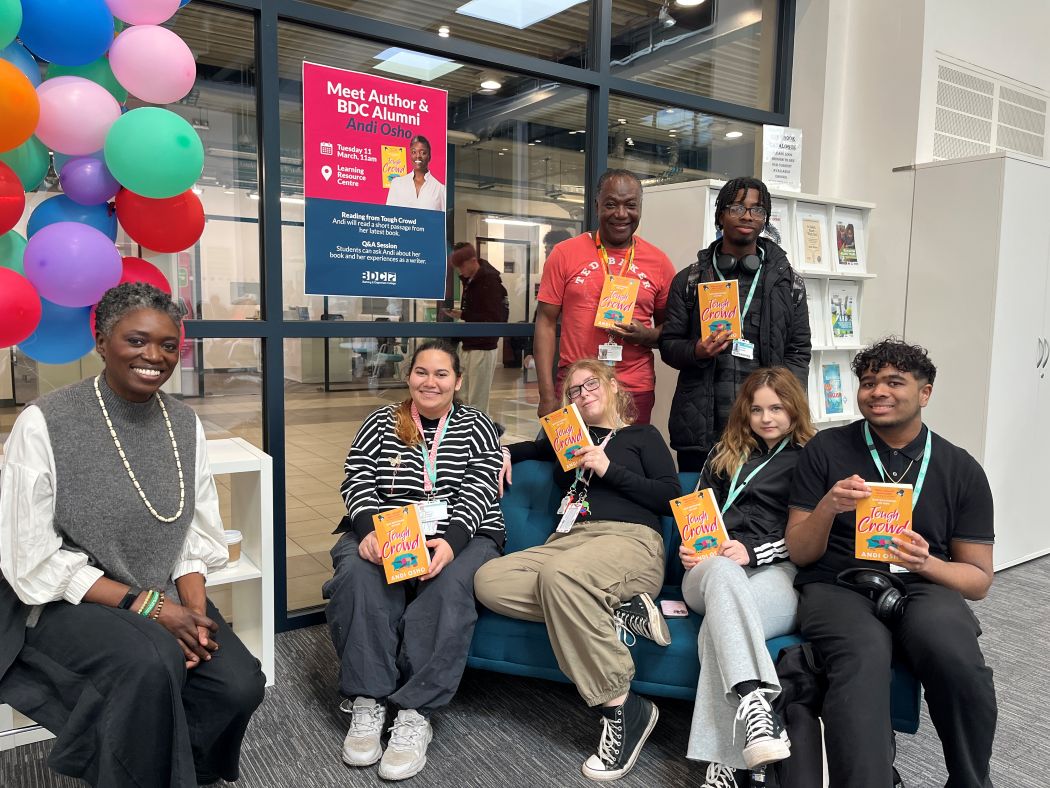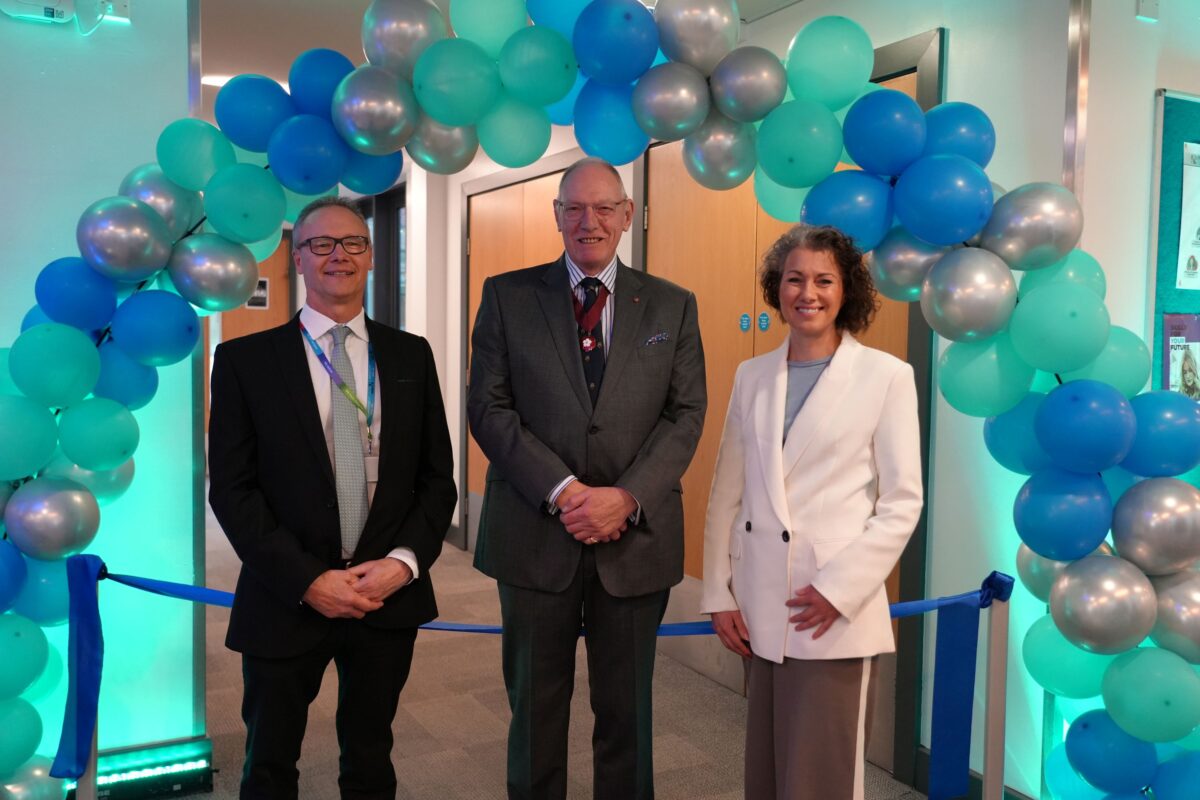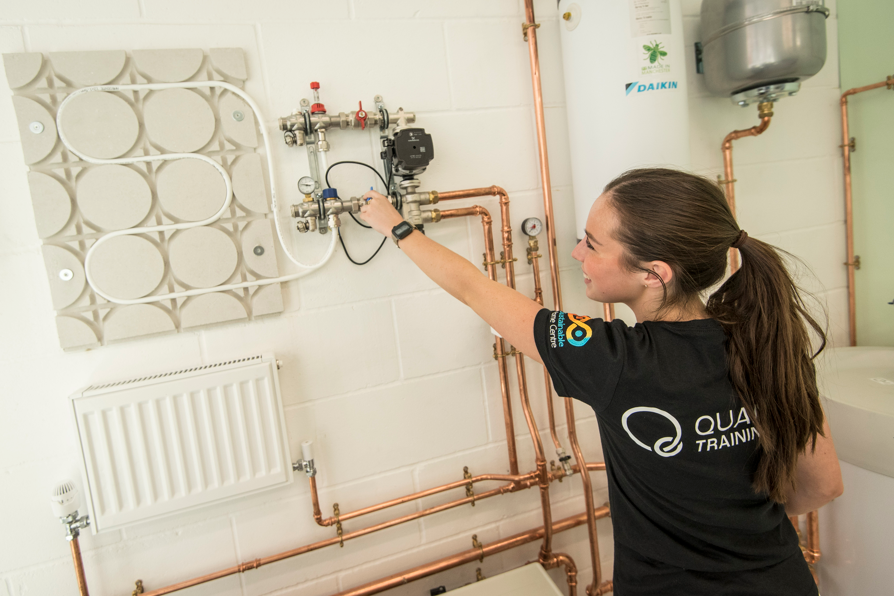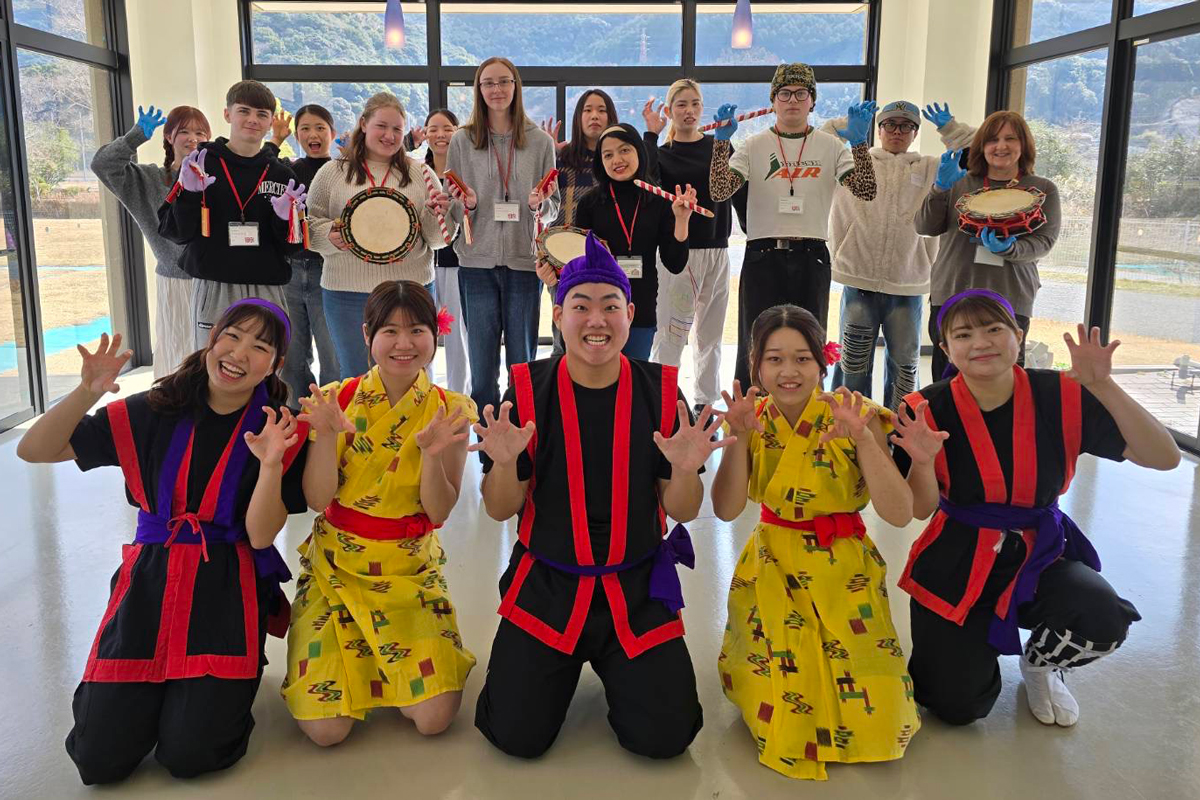Using technology and blended learning

You’ve all had to move online in some capacity over the last few years, but what about your longer-term strategy?
As part of your curriculum planning, it’s vital you carefully consider how you’ll use blended learning and technology to provide the best possible training for your apprentices. It’s something Ofsted wants to see too.
So, let’s consider the role technology can play in your apprenticeship delivery – particularly, how you might approach this during your curriculum design process.
Before we jump in though, let’s start with a definition so we’re all on the same page. Blended learning is a combination of face-to-face activities and digital tools/resources to deliver both on and off-the-job apprenticeship training.
Examples and benefits:
- Reduced travel cost/time for apprentices/trainers
Allows more time for learning engagement
- Reusable resources, updatable in real-time
Makes sure responses to policy/legislative changes/implementation happen quickly
- Online quizzes/tests or systems that allow automated assessments
Gives quick results for apprentices/employers/trainers and for progress monitoring
- Apprentices in different areas can work together without travelling
Generates more engagement in groups/networks, especially among younger apprentices
- Wide range of resources
Better supports individual learning preferences/needs
Rather than only using blended learning to help with practical curriculum implementation, you should think through your approach upfront.
When you’re in the design process, consider the opportunities you could jump on and potential issues that could crop up. Here’s some to consider:
Opportunities
- A mix of high-quality learning resources that support a range of learning preferences
- A cost-effective training and resource method in the long run
- Learning resources that can be quickly and easily updated and deployed
- Digital skill development by apprentices can support wider employability
- A programme that can be easily tailored to the apprentices’ challenges or additional needs
- Flexibility allows for more roll-on/roll-off programme design options
- Support for apprentices if they miss face-to-face sessions
- Quick and easy ways to collect evidence/data against KSB’s
- Opportunities for the apprentice to test and explore activities in a secure and safe setting
- Use of video, podcast, animation or other media to bring topics to life in an engaging way
Potential Issues
- Trainers and apprentices might be more familiar with face-to-face delivery or fully online learning instead of a combination of both
- Apprentice’s digital skills could need development for full engagement and best use of resources
- Apprentices might be required to access a range of systems, which can feel complex
- Employers might feel learners get less face-to-face and bespoke engagement
- Initial costs for development could be high
- Trainers might need a comprehensive knowledge of different platforms
It’s not always easy to strike a balance, but you need to use the right technology to support apprentice engagement while avoiding making the process unnecessarily challenging. Using too many systems could reduce engagement if it feels daunting/complex for apprentices or if it’s too time-consuming for trainers.
Though, when done right, technology certainly enhances the experience for both you and your apprentices.
In summary…
As part of your curriculum design, think about your blended learning strategy for each standard. Ask yourself:
- Where’s the relationship between online components and face-to-face engagement, both on and off-the-job?
- How do the outputs of online and face-to-face elements work together?
- How are you varying the activities in online learning and how are you linking these to workplace deployment?
Helping you with your digital strategy and curriculum design
We work in partnership with some great sector specialists to develop providers digital strategy and curriculum design. Do reach out if you’d like to know more.











Responses